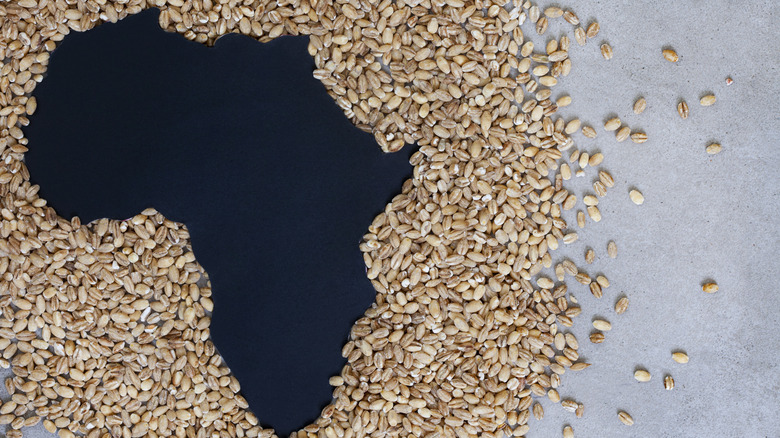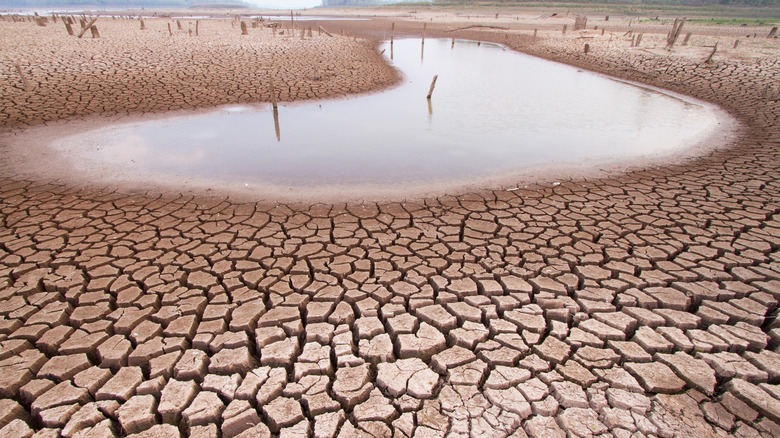The FAO And Other Global Organizations Predict The Food Crisis Will Worsen. Here's Why
Food inflation may be easing up in certain parts of the U.S., but the global food crisis we've been hearing about since 2020 is far from over. The Food and Agriculture Organization (FAO) was one of several international entities to issue a grim warning on Feb. 8 about the threat of food insecurity in "hunger hotspots" around the world, including 16 countries in Africa. The FAO shared its concerns with the United Nations (UN) alongside the International Monetary Fund (IMF), the World Bank Group (WBG), the World Food Programme (WFP) and the World Trade Organization (WTO).
If you've been following the news on the crisis, even as a means of checking in on inflation rates near you, you're aware of its core causes. Labor shortages and supply-chain backups left over from the COVID-19 pandemic are a big one, bolstered by record-breaking droughts that have taken a devastating toll on farmlands in Europe, Mexico, and beyond. Finally, Russia's war on Ukraine continues to engender resource blocks from farmers and food distributors globally (per CNBC).
Back in January, a UN leader called for "extraordinary" measures to address the global food crisis, citing "unprecedented catastrophic levels" of food insecurity in a statement. Here's how this week's announcement builds on those measures.
Trade restrictions, droughts, and more
The FAO and the other global organizations involved in the February 8 call to action shared with the UN "[advise] countries to balance short-term urgent interventions with longer-term resilience efforts." The statement claims that nearly 350 million people across 79 countries are currently "acutely food insecure," with no signs of improvement. In fact, those numbers are expected to reach their worst levels in three years. Leaders are calling on governments and donors to "support country-level efforts to address the needs in hotspots, share information and strengthen crisis preparedness."
These entities have proven that they can make a difference with proper funding. The agency delivered food and nutrition assistance to more than 140 million, thanks to a record-breaking $14 billion in contributions. In 2021, the WFP allocated $14 billion to "food and nutrition assistance" to nearly two million in need. Meanwhile, the FOA set its sights on people struggling in by investing $1 million toward "agricultural interventions."
The organizations are discouraging governments from restricting imports from poor countries, particularly on vegetables, which are particularly thin on the ground. With regards to the impact of climate change on the food crisis, leaders are also urging governments to invest in sustainable agriculture practices, which are meant to improve the quality of the soil and safeguard against erosion, per the USDA.

